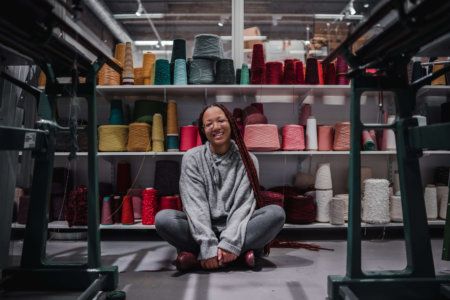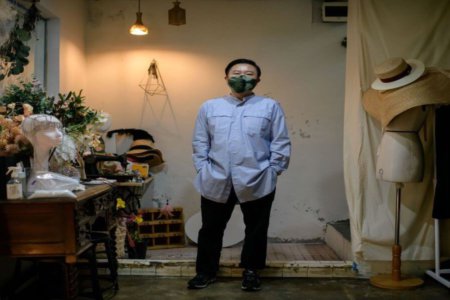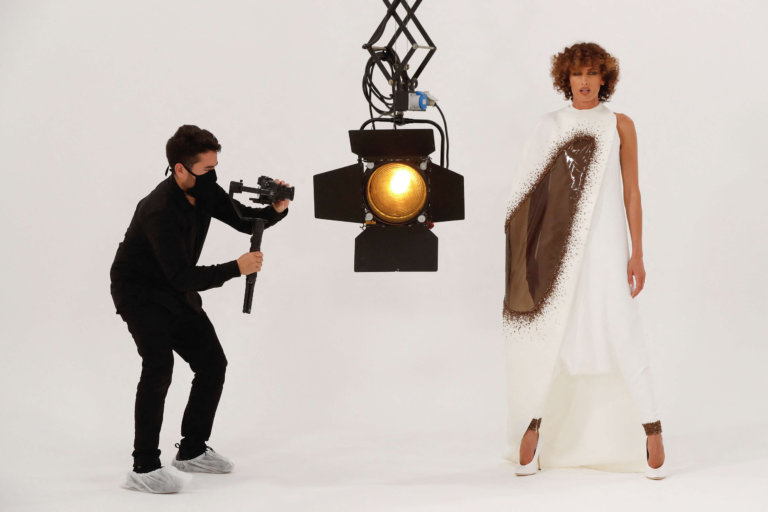
Considering a fashion degree? You should, if you have an eye for creativity and want to leave a mark on future styles and trends.
The global fashion e-commerce industry is expected to decline from US$531.25 billion to US$485.62 billion this year because of the pandemic. However, it is set for a strong recovery. By 2023, it is set to grow to US$672.71 billion.
More than just a rewarding field to enter, it’s a testing ground for new sustainable practices. From production to distribution, fashion degree holders have a chance to remake the industry branded one of the most polluting today.
Many industry greats started by getting a fashion degree. Take Riccardo Tisci for example, the famous Italian chief creative officer at Burberry who got his degree from Central Saint Martins in the UK. Central Saint Martins is known to be the “mecca” of art-related subjects, boasting alumni like Stella McCartney and Alexander McQueen.
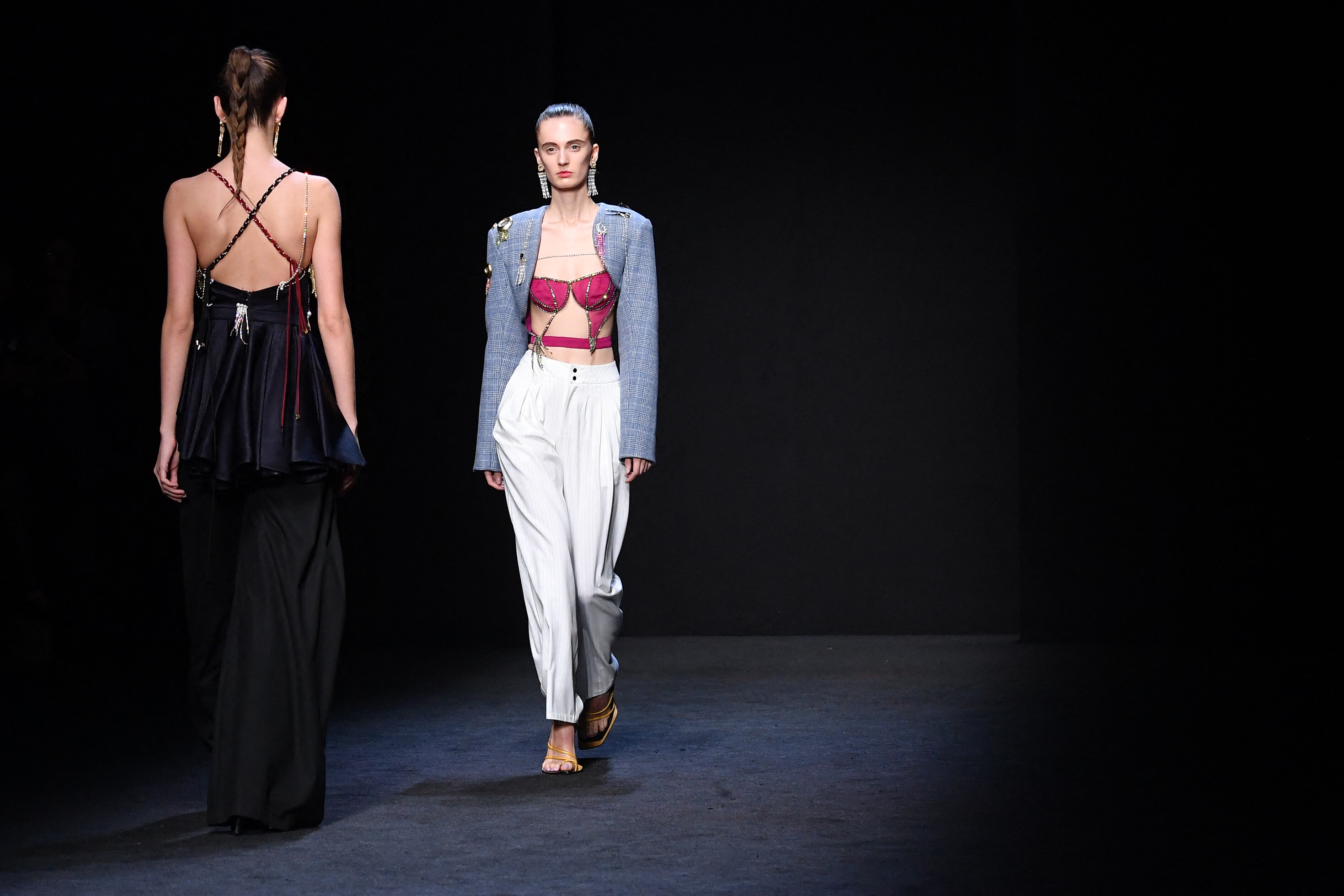
A model presents a creation for Chinese designer Han Wen’s Fall – Winter 2020 collection, as part of the “China, We are With You” fashion event. Source: Andreas Solaro/AFP
Below we take a look at what you’ll need, what you’ll study and what jobs you can get with a fashion degree:
Entry requirements
A high school diploma to show successful completion (year 11 or 12 depending on country) or two A Levels equivalent to 64 UCAS points and one GCSE or equivalent in a relevant creative subject. You’ll also need to prove your English language proficiency and a solid portfolio.
What you’ll learn
For the students who haven’t decided what part of the fashion industry they’d like to work within, there are many undergraduate degrees that offer a broad-ranging introduction. If you’ve made up your mind, take your pick from fashion photography, fashion buying, fashion design, and more.
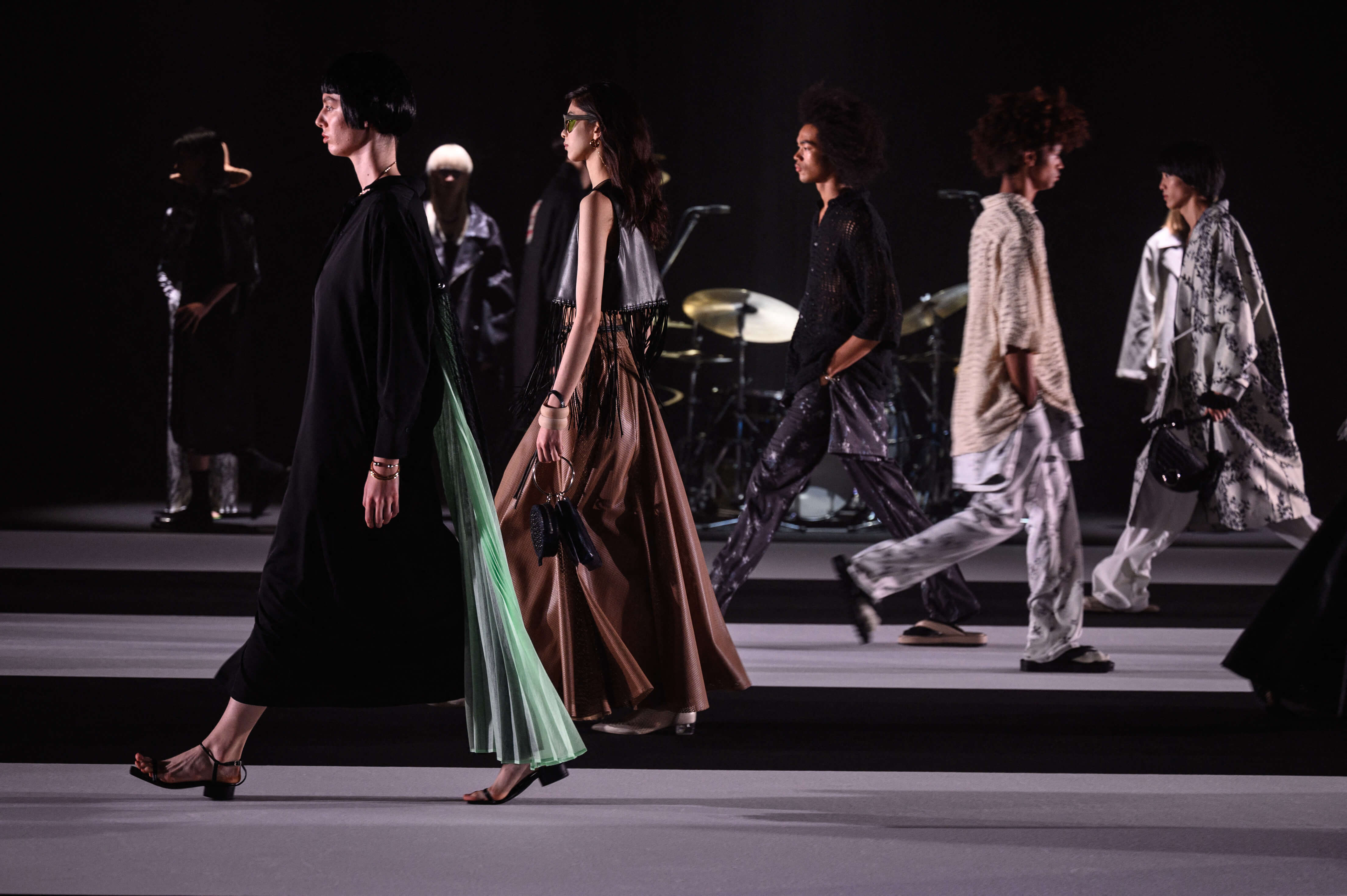
Models display creations from fashion brand Hare during the 2021 spring/summer collection at Tokyo Fashion Week on October 15, 2020. Source: Philip Fong/AFP
The general fashion course covers each stage involved in the design process, from the initial brainstorm to how it will look like in stores, a catwalk or an ad campaign. Some modules you may learn include: pattern-cutting, garment production, illustration, communication, trend forecasting and marketing.
A BA fashion degree is usually three to four years long, while a master’s is one or two. Expect to join lectures, seminars, practical workshops and listen to guest speakers, typically invited from industry. Some institutions will allow students to gain experience by working in real-life fashion projects.
What you’ll earn
A fashion buyer — an agent who selects clothing, shoes or accessories from manufacturers and wholesalers to sell in retail stores — has a median annual salary of US$69,600. As a fashion designer, you can expect to make on average US$73,790, depending on how catchy your work is. If you’re considering modelling as a career (a tough and competitive industry), the median salary here is US$28,350.









